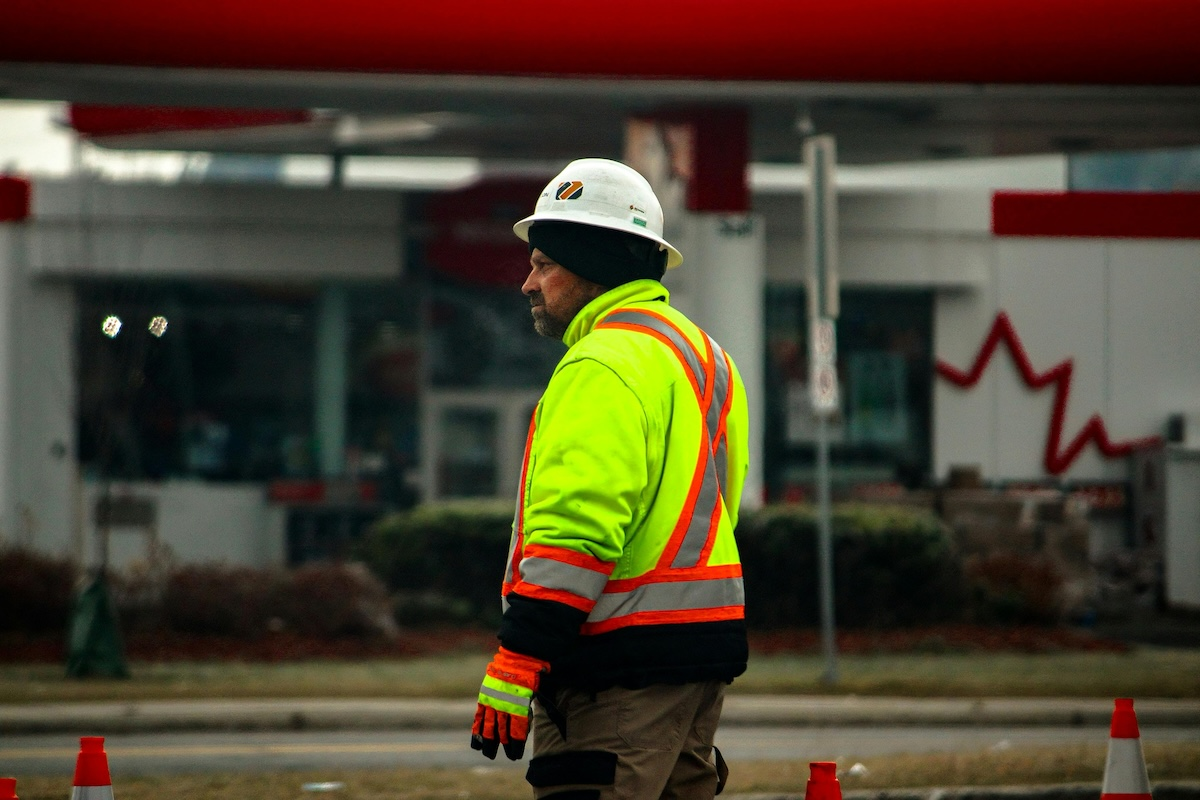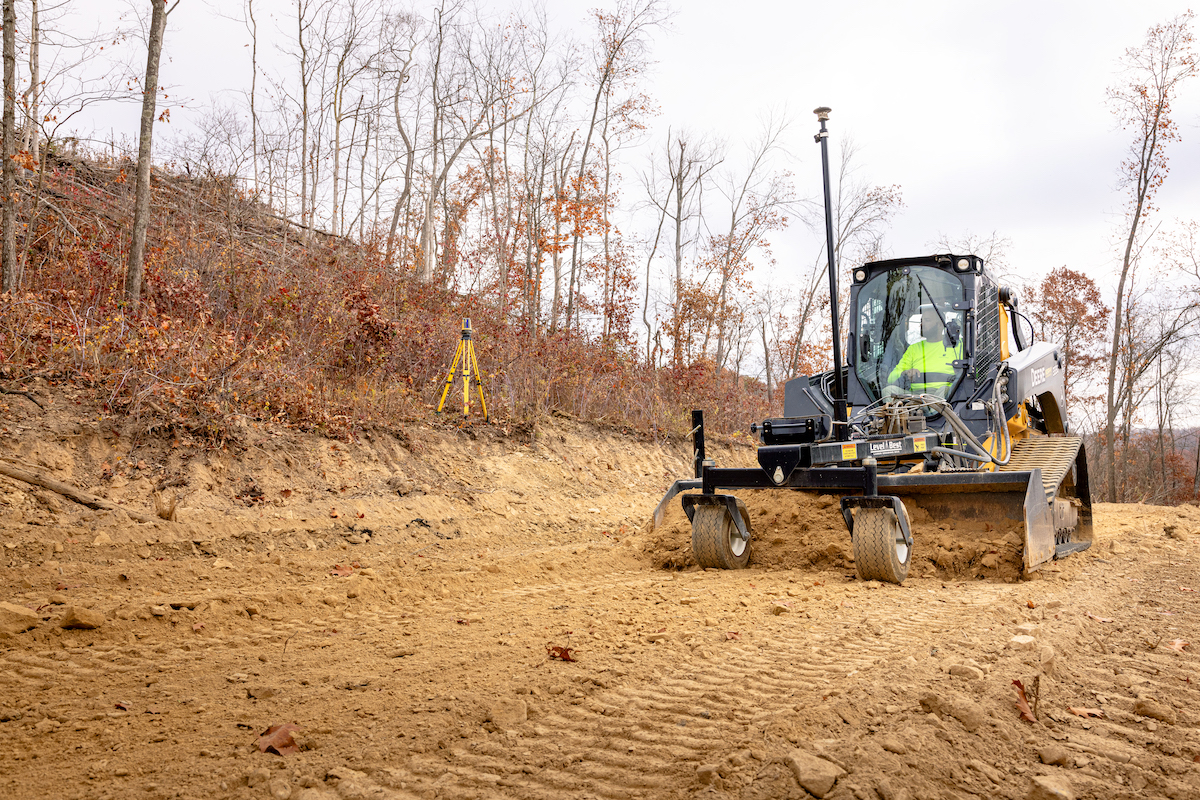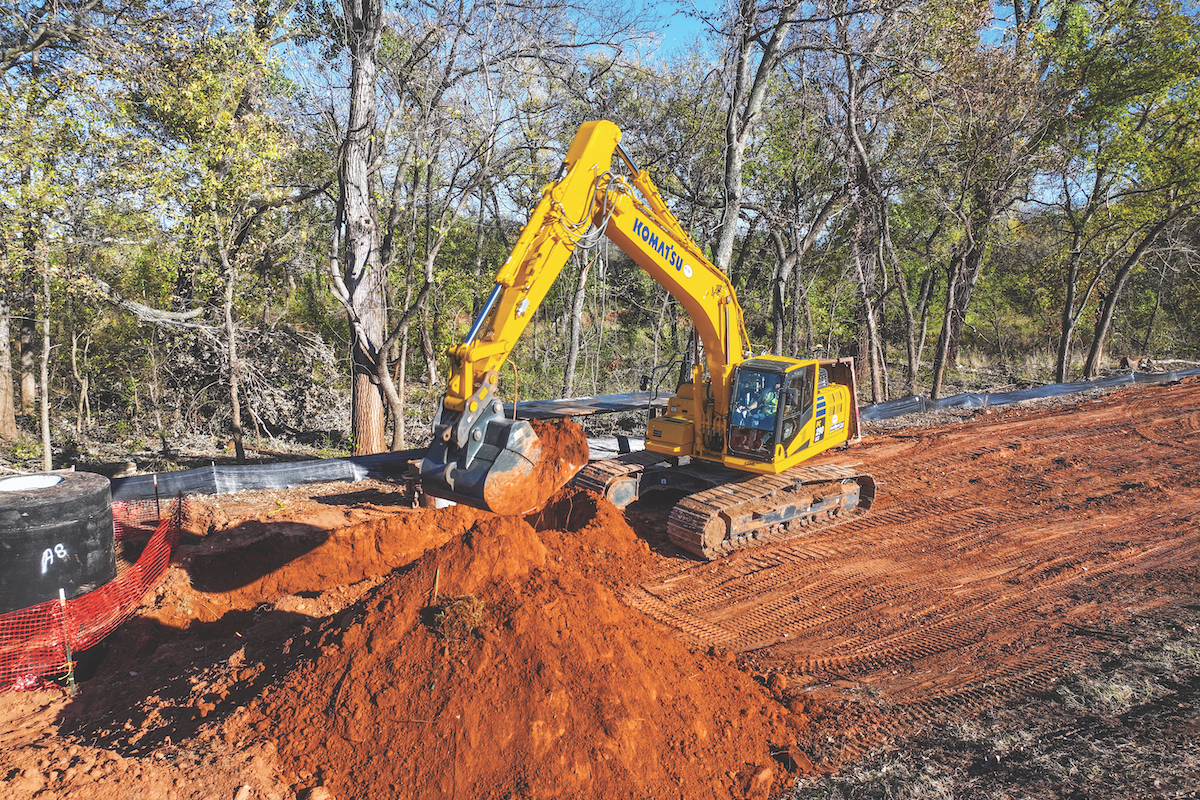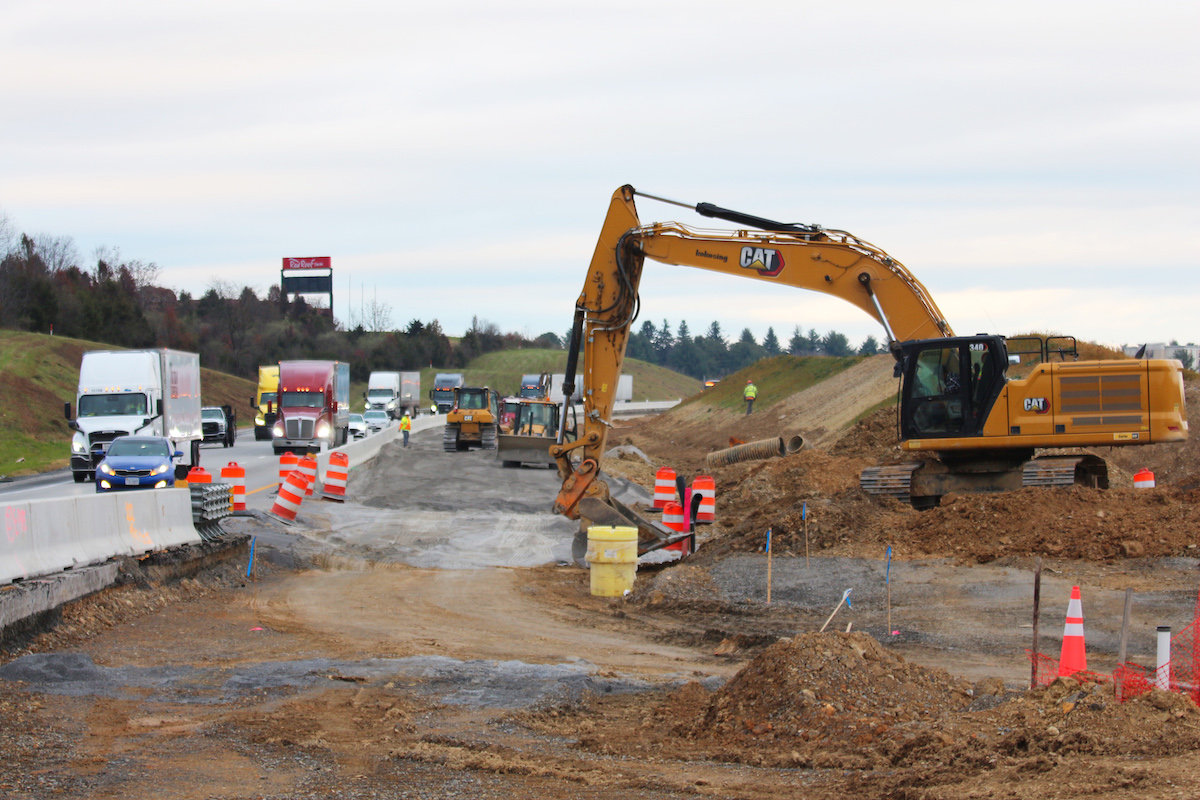INDIANAPOLIS – A dedicated champion of Indiana’s historic places, whose impact can be seen not just in bricks and mortar but also in the state’s thriving preservation movement, is retiring.
Marsh Davis, president and CEO of Indiana Landmarks, will step down on April 15, 2025. He has served as the nonprofit organization’s president since 2006.
His legacy includes such high-profile projects as the preservation and re-use of Indianapolis’s Bush Stadium, turnkey restoration of Evansville’s Art Moderne Greyhound Bus Depot, and launching restoration of the House of Tomorrow in Indiana Dunes National Park. In addition, he introduced significant programmatic innovations including Indiana Landmarks’ Black Heritage Preservation Program and Sacred Places Indiana.
“Marsh leaves behind a thriving, robust organization built on his thoughtful leadership,” said Doris Anne Sadler, Indiana Landmarks’ board chair. “He oversaw broad programmatic growth that expanded the reach and scope of historic preservation as a tool for community revitalization and engagement.”
Since it was founded in 1960, Indiana Landmarks has grown to become the nation’s largest statewide preservation organization, with more than 6,000 members and nine field offices throughout the state. Widely recognized as one of the nation’s preeminent leaders in his field, Davis oversaw much of Indiana Landmarks’ growth, guiding the nonprofit to its status as a national model in historic preservation.
Davis first worked for Indiana Landmarks from 1984 to 2002—as a field surveyor and director of community services—before moving to Texas to serve as executive director of the Galveston Historical Foundation. In 2006, he returned to Indiana to serve as Indiana Landmarks’ president, succeeding Reid Williamson and Robert Braun to become only the third president in the organization’s history.
“Under his watch, Indiana Landmarks has launched countless successful preservation initiatives large and small, ensuring that places that tell the diverse stories of Indiana are available to future generations,” says Randall Shepard, former chief justice of the Indiana Supreme Court and honorary chair of Indiana Landmarks.
Major organizational accomplishments under Davis’s leadership include:
- Acquiring and restoring the former Central Avenue Methodist Episcopal Church in Indianapolis as Indiana Landmarks Center. Completed in 2011 with support from the Cook Family of Bloomington and other generous donors, the $24 million restoration transformed the historic church as Indiana Landmarks’ statewide headquarters and a stunning cultural and performance venue in the city’s Old Northside Historic District.
- Launching the Black Heritage Preservation Program in 2022. Davis led efforts to secure funding from Lilly Endowment Inc., the National Trust for Historic Preservation, and other donors to establish and endow the program, which is unique among statewide nonprofit preservation organizations. The program, which focuses on saving and sustaining places that embody Indiana’s Black history, has distributed more than $300,000 in grants to 53 organizations throughout Indiana in its first two years.
- Creating Sacred Places Indiana, an unprecedented partnership between Indiana Landmarks and the national nonprofit Partners for Sacred Places, to address the critical need of assisting religious congregations in stewarding their historic places of worship. In 2022, Indiana Landmarks expanded the program through a $10 million grant from Lilly Endowment, which will allow the organization to distribute over $8 million in planning and capital grants by spring 2026.
Major community accomplishments under Davis’s leadership include:
- Leading the save of Evansville’s threatened 1882 Owen Block, a rare set of Second Empire-style rowhouses in the historic Riverside neighborhood. Indiana Landmarks raised money to close the restoration funding gap and found a developer to create 15 market-rate apartments.
- Embarking on a turnkey restoration of the Greyhound Bus Depot, also in Evansville. The Art Moderne landmark had been vacant for years when Indiana Landmarks took on the depot, now a highly successful restaurant and a major catalyst for downtown Evansville’s revitalization.
- Saving Reid Memorial Presbyterian Church in Richmond. After the church’s congregation held its last service in 2017, Indiana Landmarks established a new organization to own and operate the building as a community cultural center and relocated Indiana Landmarks’ Eastern Regional Office there to help sustain the property and invest in the Starr Historic District.
- Helping to establish the Lyles Station Historic Preservation Corporation in Princeton to save the 1919 Lyles Station School, one of few historic buildings left representing the heritage of the free Black settlement. On the corporation’s behalf, Indiana Landmarks won grants for restoration from the U.S. Department of Agriculture and the Efroymson Family Fund that, together with other contributions and grants, totaled $1 million to restore the school as a museum sharing the community’s unique story.
- Helping to establish Rush County Heritage to save Rush County’s iconic covered bridges, which had been targeted by county commissioners for demolition—an early and precedent-setting preservation victory.
- Taking title to Bush Stadium in Indianapolis to forestall its demolition and advocating for the stadium’s reuse as housing. Acquired from Indiana Landmarks by local developer John Watson who adapted the site as Stadium Lofts, the project stands as one of the most innovative examples of adaptive use in the state.
- Acquiring seven derelict houses to spark revitalization in Wabash’s East Wabash Historic District, completing exterior rehabilitation before putting them back on the market, and partnering with Waypoint, Inc., to renovate one as a transitional home for women recovering from substance abuse.
- Securing National Historic Landmark designation for Samara, the Frank Lloyd Wright-designed John and Catherine Christian House in West Lafayette, and completing a $2 million restoration of the home in 2023 in partnership with the John E. Christian Family Memorial Trust. Indiana Landmarks continues to co-steward the property with the Trust and operates regular public tours of the house.
Through Davis’s advocacy as a member of Partners for Sacred Places’ board of directors and the Advisory Committee for the National Fund for Sacred Places—which provides major capital grants to preserve nationally significant religious buildings—several Indiana churches received significant grants from the national program: St. Joan of Arc Catholic Church, St. Mary Catholic Church and St. Rita Catholic Church in Indianapolis, and Modernist icons North Christian Church and First Christian Church in Columbus.
Davis earned a B.A. in history from Butler University and an M.S. in historic preservation from Ball State University’s College of Architecture and Planning. He served as a Ball State associate professor for five years.
He served on the board of trustees for the National Trust for Historic Preservation and as chairman of the Trust’s Statewide and Local Partners program from 2008 to 2010 and has served as Trust advisor since 2016. He currently serves on the board of directors for Preservation Action, the Frank Lloyd Wright Conservancy, and the Robert Lee Blaffer Foundation.
For his work in historic preservation, Davis was named a Sagamore of the Wabash and received the Distinguished Alumni Award from Ball State University’s College of Architecture and Planning.
Indiana Landmarks’ board of directors is establishing a committee and engaging an executive search firm to conduct a national search for Davis’s successor.

































































